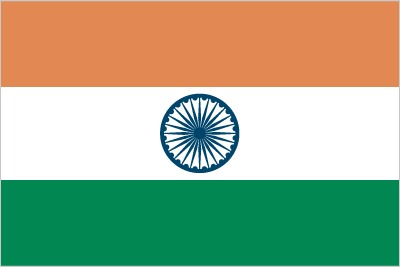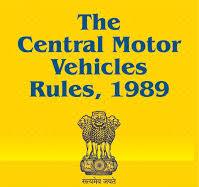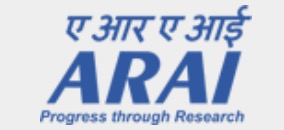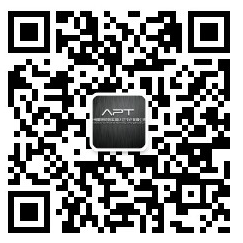




CMVR is an abbreviation for Central Motor Vehicles Rules, and the Standards Committee is the CMVR-TSC (CMVR-Technical Standing Committee), which is subordinate to the Ships, Road Traffic and Highways Authority of India. Since 1991, the CMVR regulations have required the complete vehicle and its components to apply for type approval in accordance with the CMVR regulations before entering the Indian market.

The test standards for CMVR certification in India are the AIS standard published by the Indian Automotive Industry Standards Council (AISC) (mainly for automobiles and parts) and the Indian Bureau of Standards (BIS) issued the IS standard (automotive products not covered in AIS). The test program includes safety and emissions, and the certification process includes factory audits, type approval, and production consistency control.
The scope of mandatory vehicle certification under the CMVR regulations includes: two-wheeled and three-wheeled vehicles, four-wheeled passenger cars and trucks (M1, N1), light and heavy-duty commercial vehicles (M2, M3, N2, N3), construction equipment vehicles (CEV), agricultural tractors, cultivators, trailers, combine harvesters, engines, CNG/LPG vehicles, electric vehicle BOVs, and diesel/gasoline generator sets. In addition, the CMVR regulations also require certification for safety-related components, including: on-board positioning system with emergency call button, safety glass, brake hose, horn, tires, CNG regulators, LPG evaporators/regulators, light bulbs, mirrors, speed limiters, seat belts, wheel hubs, lighting and signaling devices, retroreflectors, warning triangles, door lock door hinges, fuel tanks, reflectors, replaceable LED light sources, child seats, brake pads, power batteries, helmets, seats and headrests, Automotive electronics, coupling devices, tachographs, anti-splash devices, wiper blades.
ARAI Introduction
ARAI STANDS FOR THE AUTOMOTIVE RESEARCH ASSOCIATION OF INDIA, HEADQUARTERED IN PUNE, INDIA, ESTABLISHED IN 1966, IT IS A RESEARCH AND EXPERIMENTAL INSTITUTION UNDER THE HEAVY INDUSTRY AND PUBLIC INDUSTRY SECTOR IN INDIA, AND IS ALSO THE CORE DEPARTMENT OF ENGINE RESEARCH AND DEVELOPMENT IN INDIA. It has 11 laboratories such as ECL (Emission Certification Laboratory), EDL (Engine R&D Laboratory), NVH (Vibration and Noise Laboratory), VDL, CAE, AML, etc., with complete facilities and advanced equipment, which can independently complete the design, research and development, evaluation, testing and certification of 2 and 3-wheeled vehicles, automobiles, non-road vehicles, heavy vehicles and generator sets, tractors, and various fuel engines, and is the first authorized certification body under the CMVR No. 126 regulation in India. All automotive parts such as horns, automotive glass, lamps, seats, door locks, door hinges, brake hoses, carburetors, bulbs, rims, warning triangles, reflexors, fuel tanks, engines, etc., which are applicable to the CMVR regulations must apply for certification from ARAI, a certification body accredited by the Ministry of Transport, India. Tyres need to apply for certification from the BIS Bureau of Indian Standards.

Certification process
Submit application materials, system information and technical information
Submit samples for testing according to ARAI requirements
ARAI arranges factory inspections
Issuance of certificates
Regular COP







